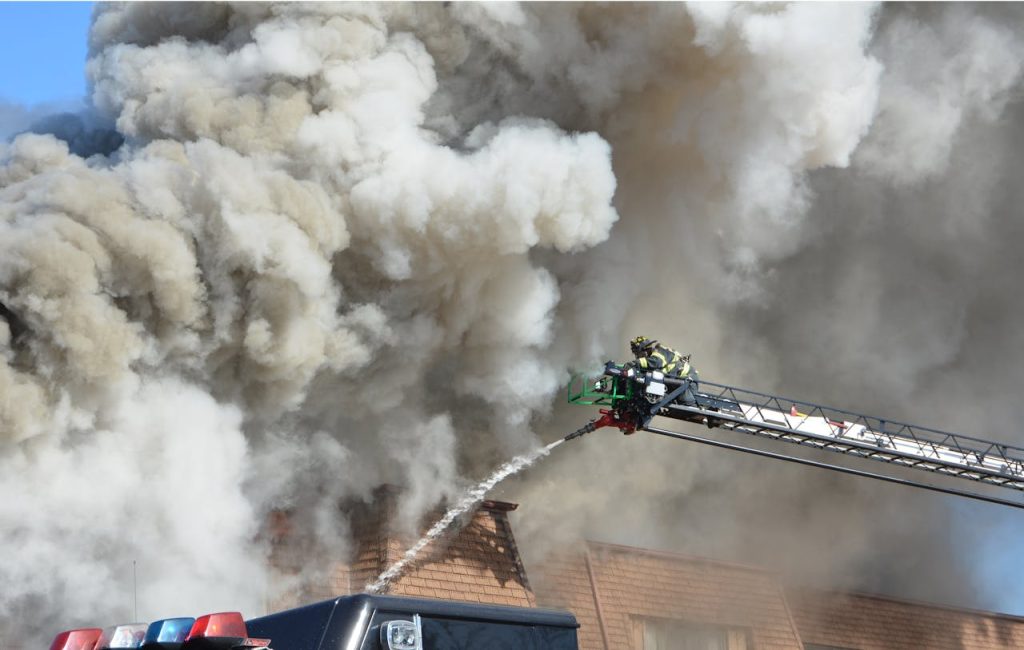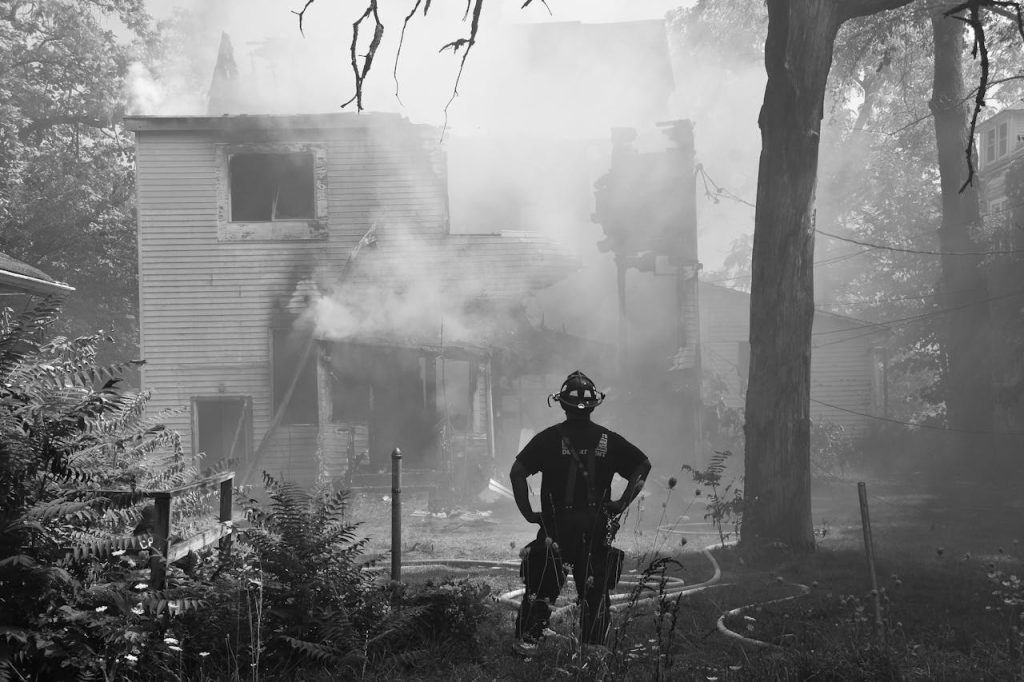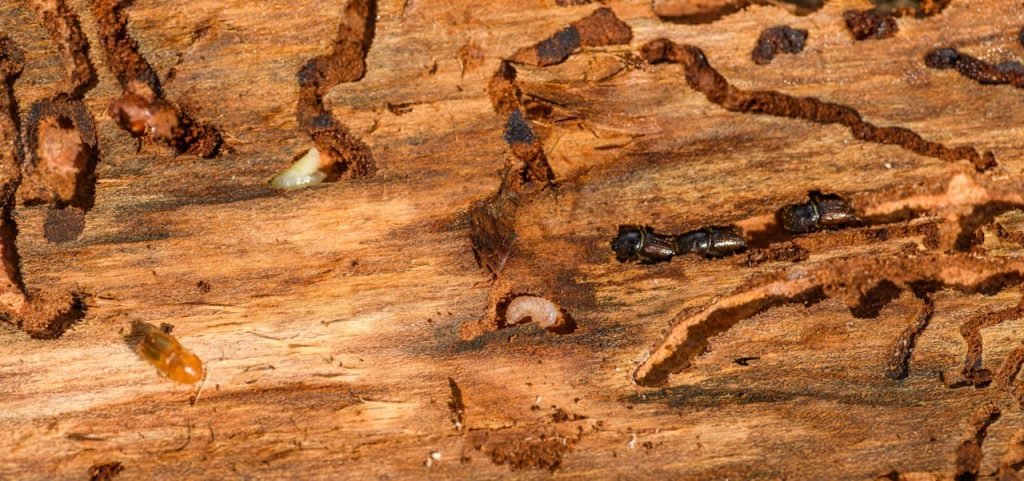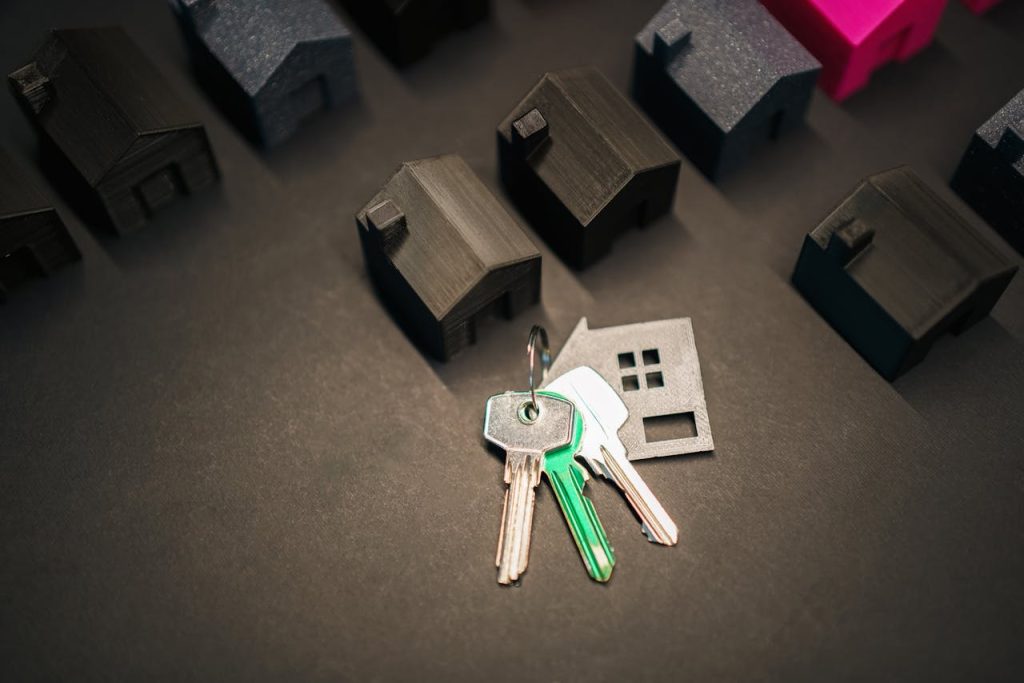Handling Fire Damage
Dealing with fire damage can be overwhelming, whether it's a small blaze or a devastating inferno. The aftermath often leaves behind more than just charred remains; smoke, water, and structural issues can make recovery feel daunting. Let’s explore how to navigate the process effectively and safely.
Assessing Fire Damage's Impact on Property Values
When a fire occurs, the damage is frequently considerably deeper than what is visible. The fire can have produced damage that significantly reduces the value of your home, such as melted cables or structural issues. For this reason, getting an expert assessment is essential. An expert can determine how much damage has been done and accurately estimate the value of your home after a fire.
Even though the harm can appear to be irreparable, not everything might be lost. When it comes time to sell, experts can help you get a better offer by pointing out areas that might be saved.
Fire Damage Inspection
Make sure you do a complete fire damage inspection before hanging that "For Sale" sign. This is not merely a quick tour of the grounds. Rather, it's a thorough examination of the building's structural soundness, any residual smoke damage, and any potential safety risks. The report from the inspection is crucial. It's your pass to deal with insurance claims and bargaining with buyers.
Typically, inspections look for electrical problems related to fire and damage to the foundation. Having a comprehensive report at your disposal will allow you to address issues early on and avoid being caught off guard during negotiations.
Fire Damage Restoration
Restoring a fire-damaged home can feel like untangling a giant knot—there are layers upon layers of issues. Smoke damage, water from the fire hoses, and the fire itself can all wreak havoc. The restoration process usually involves removing charred materials, cleaning soot, and repairing damage.
Restoration costs vary widely, from a few thousand dollars to tens of thousands. The extent of the damage, the materials used, and how much water was used to extinguish the fire all affect the price. While it might feel like you're dumping money into a pit, restoration can boost the resale value and make your home more attractive to buyers.
Selling a fire-damaged home
Selling a fire-damaged home can feel like a challenge, but it's not impossible. While the damage may seem daunting, there are buyers looking for properties with potential, even after a fire. Let's explore how to approach selling a fire-damaged property with confidence.
Fire Damage Home Selling Tips
Generally speaking, you have two choices when selling a house destroyed by fire: make repairs or sell it as-is. While repairing smoke damage is frequently a simple task, addressing significant structural problems can be more difficult. You will save money on repairs if you decide to sell the item as-is, but the asking price will probably reflect the damage.
However, making repairs can increase the property's appeal to potential purchasers and increase the sale price. In any case, it's imperative to take care of any obvious damage, such as soot or residual smoke scents, and present the house to the best of your ability.
Disclosure Requirements
If your home has suffered fire damage, transparency isn’t just recommended—it’s legally required. You need to disclose any known damage to potential buyers, along with any repairs you've made. Failing to do so can lead to lawsuits, fines, and more headaches than the fire itself caused.
To disclose the damage effectively, be upfront but focus on the positives, too. For example, mention any steps you've taken toward restoration and areas of the home that remain in good condition.
Real Estate Agent for Fire-Damaged Homes
Selling a fire-damaged home is no small task, and not every real estate agent is equipped to handle it. You’ll want to work with someone who has experience selling damaged properties, especially homes that have been through fires. A knowledgeable agent will know how to market your home and negotiate effectively, ensuring you get the best deal possible.
When searching for an agent, look for someone who specializes in homes with damage and has a deep understanding of the local market.
Cash Buyers for Damaged Homes
If you need to sell quickly, cash buyers can be a lifesaver. These buyers often purchase homes in their current condition, saving you the time and cost of repairs. The process is typically faster, and cash buyers are usually more willing to take on homes with issues like fire damage.
Sites like Dr. Homes are great for connecting with cash buyers of investment properties. Cash buyers often prefer these types of homes because they can renovate them and resell them for a profit.
Restoration Contractors
If you plan to repair your fire-damaged home before selling, it's critical to choose the right restoration contractor. Not all contractors are experienced with fire damage. So, hire one who knows what to look for and how to fix fire-specific issues.
Look for contractors with strong reviews and a proven track record in fire restoration. They’ll know how to prioritize repairs and avoid unnecessary expenses. Plus, working with a professional can prevent any half-done projects that might scare off buyers later.

Navigating the home-selling process after a fire
Navigating the home-selling process after a fire can be a complex and emotional journey. From dealing with fire damage to addressing potential repairs, selling a fire-damaged home requires careful planning and the right strategy. Here's how to effectively handle the process and get the best outcome from your sale.
Legal Requirements for Selling Fire-Damaged Property
Selling a fire-damaged property isn’t as straightforward as selling a regular home. Each state has specific regulations, and you need to ensure you're following all of them. This might include inspections or additional disclosures, depending on your location.
It's a good idea to consult with a lawyer familiar with local real estate and fire-damaged homes to avoid any legal pitfalls. Being proactive about meeting legal requirements can save you from a lot of trouble later on.
Home Selling Process After a Fire
Selling a fire-damaged home involves many of the same steps as selling any property but with some added layers of complexity. Here's a simplified guide:
1. Get a professional evaluation: understand your home's current value.
2. Complete a fire damage inspection; ensure you have a detailed report to show potential buyers.
3. Decide Whether to Repair or Sell As-Is: Weigh the costs and benefits of each option.
4. Disclose All Fire-Related Information: Be upfront about the damage and any repairs made.
5. Find the Right Real Estate Agent: Look for someone experienced with damaged homes.
6. List Your Property: Highlight the positives while being transparent about the damage.
7. Negotiate with Buyers: Be prepared to adjust your price based on the home’s condition.
These steps will help you navigate the process. They will reduce any stress from selling a fire-damaged property.
Conclusion
Selling a fire-damaged home doesn’t have to feel like an impossible mission. With the right approach, you can sell your home and move on to better things. This could mean working with experienced agents, connecting with cash buyers, or hiring a top contractor. Dr. Homes is always here to help guide you through the process, offering advice and connections to make the sale as smooth as possible. While fire damage might complicate things, it doesn’t have to burn down your plans.
FAQs about How to Sell a Fire-Damaged House
What are the benefits of selling a house as-is, especially if it has fire damage?
Selling as-is saves time and money on repairs. It’s often faster, and cash buyers are more likely to make offers, knowing they'll handle the restoration. Plus, it eliminates the stress of coordinating contractors, permits, and inspections for repairs. Selling as-is avoids the uncertainty of restoration costs. They can sometimes exceed initial estimates. For sellers in financial distress or urgent situations, this route can provide a quicker path to moving forward.
Another benefit is that you won’t have to deal with negotiations over repair costs with buyers. In an as-is sale, buyers understand they're purchasing the property in its current state, which can simplify the transaction. Also, if investors seek fixer-uppers, they might want your fire-damaged home.
How do I handle fire damage when selling my home?
Start with a thorough inspection and professional evaluation. Then decide whether to restore the home or sell it as-is, being sure to disclose all damage to buyers. It's essential to keep records of any repairs made after the fire, as this documentation builds trust with potential buyers. Additionally, consider consulting a real estate agent who specializes in damaged properties. They can help you price the home and market it to buyers, such as investors or house flippers.
What should I know about fire damage insurance claims before selling my house?
Make sure all necessary claims have been filed with your insurance provider. Potential buyers may ask about the claim status, and any payouts could affect the sale price.
Are there legal requirements for disclosing fire damage to buyers?
Yes, legally, you must disclose any known damage to potential buyers. Failing to do so can lead to legal consequences.
What are the typical costs associated with fire damage restoration?
Restoration costs vary depending on the severity of the damage. They can range from a few thousand dollars to tens of thousands of dollars for more severe damage.




